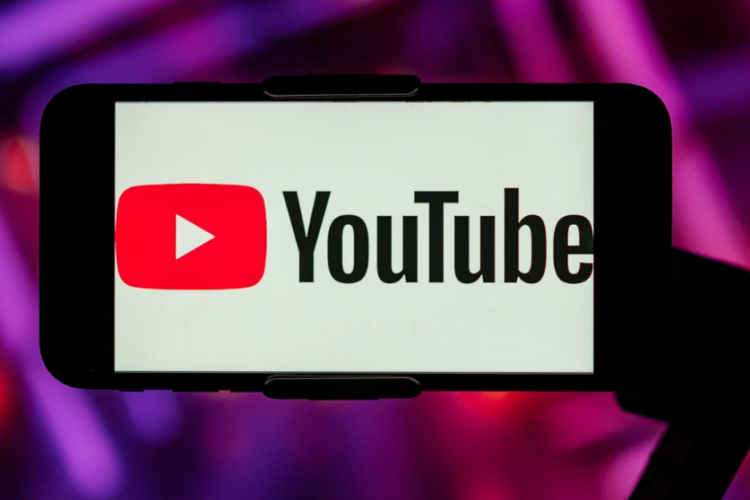
In digital marketing, businesses are constantly seeking innovative ways to capture audience attention and foster brand loyalty with a good creative digital marketing agency. Enter gamification – a strategy that leverages elements of game design to engage and motivate consumers. By turning marketing initiatives into interactive and rewarding experiences, gamification not only captivates audiences but also has the power to translate engagement into revenue.
Understanding Gamification: A Blend of Fun and Strategy
Gamification is more than just integrating games into marketing efforts for any creative digital marketing agency; it’s about infusing elements of playfulness and competition into non-game contexts. Through points, badges, leaderboards, and rewards, brands can transform mundane interactions into captivating experiences. The essence lies in making the consumer journey enjoyable, memorable, and, most importantly, participatory.
Building Brand Engagement: The Gamified Approach
One of the primary goals of gamification in marketing is to enhance brand engagement. By incorporating challenges, quizzes, or interactive content, businesses can encourage customers to actively participate in the brand narrative. For instance, a skincare brand might create a ‘Beauty Quest’ where users complete challenges to unlock exclusive tips or discounts. This not only keeps the audience entertained but also ingrains the brand deeper into their consciousness.
Loyalty Programs Reloaded: Turning Points into Profits
Traditional loyalty programs have found a new avatar through gamification. Rather than straightforward point systems, brands now design intricate reward structures that mimic the thrill of a game. Customers earn points not just through purchases but also by engaging with the brand on social media, referring friends, or participating in online events. This multifaceted approach not only retains customers but also expands the brand’s reach through word-of-mouth marketing.
Social Currency: The Power of Sharing and Competing
Gamification thrives on the social nature of humans. When brands create experiences that users enjoy, they naturally want to share their achievements with friends and peers. Integrating social sharing features within gamified campaigns turns customers into brand advocates. Consider a fitness app that encourages users to share their workout achievements or compete with friends – each share becomes a free endorsement and an invitation for others to join the fun.
Data-Driven Insights: Tailoring Strategies for Success
Behind the engaging facade of gamification lies a treasure trove of data. Every click, interaction, and achievement provides valuable insights into customer behavior. Businesses can leverage this data to refine their marketing strategies, personalize offerings, and anticipate trends. The analytics derived from gamified campaigns empower brands to understand their audience on a deeper level, enabling them to stay ahead in the dynamic market landscape.
Challenges and Considerations: Striking the Right Balance
While gamification offers numerous benefits, it’s essential to strike the right balance. Overly complex or poorly executed gamified elements can backfire, leading to disengagement or even alienation of the audience. The key lies in aligning gamification strategies with the brand identity and ensuring that the gaming elements enhance rather than overshadow the primary message.
Conclusion
Gamification in marketing is not just a fleeting trend; it’s a dynamic strategy that continues to evolve. By seamlessly integrating playfulness into the customer journey, brands can forge deeper connections, foster loyalty, and ultimately translate engagement into revenue. As businesses navigate the competitive digital landscape, embracing gamification might just be the winning move that transforms customers into enthusiastic brand advocates.


